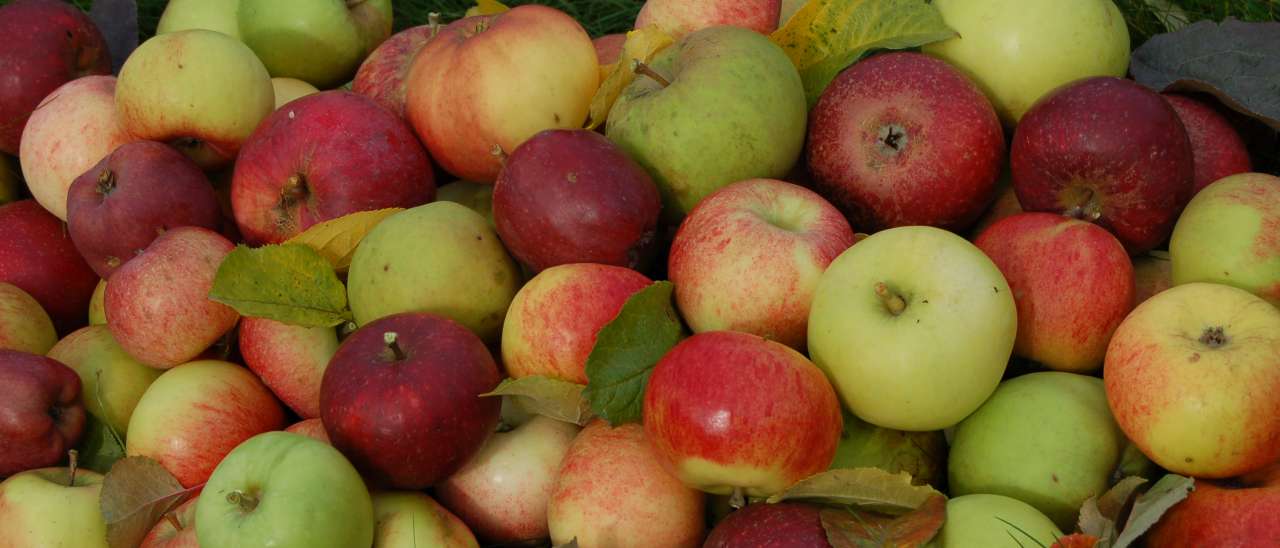
Plant genetic resources
The genetic diversity of plants is a necessary and valuable resource, and sustainable conservation and use of the diversity is of uttermost importance. The genetic variation of plants has formed the basis for the development of crop plants, and lies behind the development our entire culture and civilization. Using genetic diversity for ongoing adaptation of crops provides for the maintenance and development of sustainable food production, supplying healthy and sufficient food for all.

Anchoring the national work with plant genetic resources
The Norwegian activities within the field of plant genetic resources are based on national regulations and priorities as well as in international collaborations and agreements.
Norway participates in the collaboration of the United Nations’ organization for food and agriculture, FAO, and has endorsed its global plan of action for plant genetic resources (2nd global plan of action for plant genetic resources for food and agriculture, GPA2), from the FAO Commission on genetic resources for food and agriculture (CGRFA) in 2011. The action plan provides themes and advices actions to further global food safety and food security.
Acceding the Convention on Biological Diversity (CBD) from 1992, Norway is committed to the protection of its biological and genetic diversity, and to ensure the sustainable management of national genetic resources.
Norway has ratified the International Treaty on Plant Genetic Resources for Food and Agriculture, ITPGRFA (The Plant Treaty). The Plant Treaty agrees on the special features of the crop plants of the world, and secures the possibilities for continuous exchange of genetic diversity for food and agriculture, to support maintenance and development of agricultural productivity in all countries.
Furthermore, Norway has adopted the Nagoya Protocol, which contributes to the regulation of access and benefit sharing when using genetic resources.
The national action plan for plant genetic resources reflects the themes and recommendations of the global plan of action, GPA2, and contributes to the implementation of the provisions and guidelines of the Plant Treaty and the Nagoya Protocol.
The Norwegian Genetic Resource Center has overarching responsibility for coordination of the national work within the field of plant genetic resources. Prioritized areas are mapping and surveying of diversity of relevance for food and agriculture, reporting on status and developments related to the diversity and information work about genetic resources.

